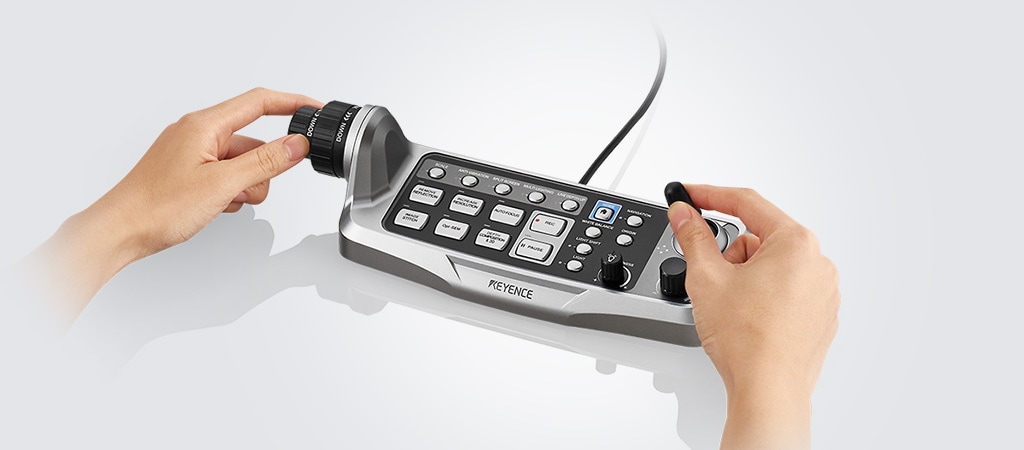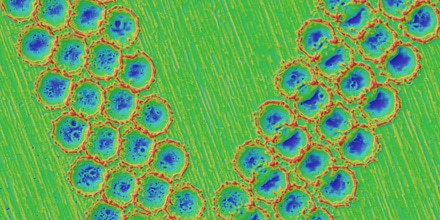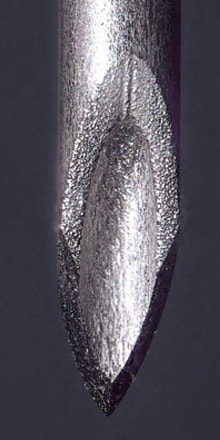
The 3D-shaping possibilities provided by casting can offer robust glass components of larger cross-sections and a wider variety of forms and colours than currently available by other glass processing methods. The great potential of glass casting technology for the building industry is so far little explored by structural engineers and architects, but are gradually getting discovered after the success of all cast-glass load bearing structures such as the Crystal Houses façade in Amsterdam (Oikonomopoulou et al. The prerequisites for good quality recycled cast glass building components are identified and an outline for future research is provided. The defects situated in the glass bulk, however, are tolerated by the glass network and have minor impact on flexural strength and Young’s modulus. Chemical compositions of favourable performance are highlighted, so as critical flaws responsible for a dramatic decrease in strength, up to 75%.

The results are analysed according to the role of the chemical composition, level of contamination and followed casting parameters, in determining the flexural strength, the Young’s modulus and the prevailing strength-limiting flaw. Then, the kiln-cast specimens and industrially manufactured reference beams are tested in four-point bending, obtaining a flexural strength range of 9–72MPa.

The defects occurring in the glass specimens due to cullet contamination and the high viscosity of the glass melt, are documented and correlated to the casting parameters.

Exploring the potential of this idea, different types of non-recyclable silicate glasses are kiln-cast into 30 × 30 × 240 mm beams, at relatively low temperatures (820–1120 ◦C). Yet, this glass is potentially a valuable resource for casting robust and aesthetically unique building components. Authors:Ĭurrently, tons of high quality commercial glass are down-cycled or landfilled due to contaminants that prevent close-loop recycling.


 0 kommentar(er)
0 kommentar(er)
